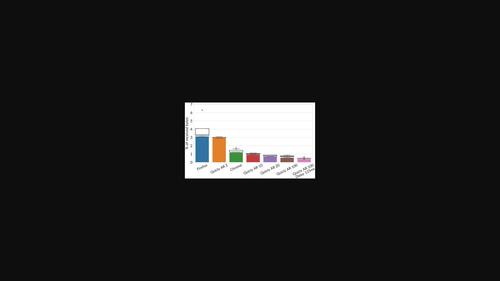当前位置:
X-MOL 学术
›
Int. J. Satell. Commun. Netw.
›
论文详情
Our official English website, www.x-mol.net, welcomes your feedback! (Note: you will need to create a separate account there.)
Reducing the acknowledgement frequency in IETF QUIC
International Journal of Satellite Communications and Networking ( IF 1.7 ) Pub Date : 2022-10-24 , DOI: 10.1002/sat.1466 Ana Custura 1 , Tom Jones 1 , Raffaello Secchi 1 , Gorry Fairhurst 1
International Journal of Satellite Communications and Networking ( IF 1.7 ) Pub Date : 2022-10-24 , DOI: 10.1002/sat.1466 Ana Custura 1 , Tom Jones 1 , Raffaello Secchi 1 , Gorry Fairhurst 1
Affiliation

|
Satellite networks usually use in-network methods (such as Performance Enhancing Proxies for TCP) to adapt the transport to the characteristics of the forward and return paths. QUIC is a transport protocol that prevents the use of in–network methods. This paper explores the use of the recently–standardised IETF QUIC protocol with a focus on the implications on performance when using different acknowledgement policies to reduce the number of packets and volume of bytes sent on the return path. Our analysis evaluates a set of ACK policies for three IETF QUIC implementations, examining performance over cellular, terrestrial and satellite networks. It shows that QUIC performance can be maintained even when sending fewer acknowledgements, and recommends a new QUIC acknowledgement policy that adapts QUIC's ACK Delay value based on the path RTT to ensure timely feedback. The resulting policy is shown to reduce the volume/rate of traffic sent on the return path and associated processing costs in endpoints, without sacrificing throughput.
中文翻译:

降低 IETF QUIC 中的确认频率
卫星网络通常使用网络内方法(例如 TCP 性能增强代理)来使传输适应前向和返回路径的特性。QUIC 是一种防止使用网络内方法的传输协议。本文探讨了最近标准化的 IETF QUIC 协议的使用,重点关注使用不同的确认策略来减少返回路径上发送的数据包数量和字节量时对性能的影响。我们的分析评估了三个 IETF QUIC 实施的一组 ACK 策略,检查了蜂窝、地面和卫星网络的性能。它表明即使发送较少的确认,QUIC 性能也可以保持,并推荐了一种新的QUIC确认策略,该策略根据路径RTT来调整QUIC的ACK Delay值,以确保及时反馈。由此产生的策略可以减少返回路径上发送的流量/速率以及端点中的相关处理成本,而不会牺牲吞吐量。
更新日期:2022-10-24
中文翻译:

降低 IETF QUIC 中的确认频率
卫星网络通常使用网络内方法(例如 TCP 性能增强代理)来使传输适应前向和返回路径的特性。QUIC 是一种防止使用网络内方法的传输协议。本文探讨了最近标准化的 IETF QUIC 协议的使用,重点关注使用不同的确认策略来减少返回路径上发送的数据包数量和字节量时对性能的影响。我们的分析评估了三个 IETF QUIC 实施的一组 ACK 策略,检查了蜂窝、地面和卫星网络的性能。它表明即使发送较少的确认,QUIC 性能也可以保持,并推荐了一种新的QUIC确认策略,该策略根据路径RTT来调整QUIC的ACK Delay值,以确保及时反馈。由此产生的策略可以减少返回路径上发送的流量/速率以及端点中的相关处理成本,而不会牺牲吞吐量。



























 京公网安备 11010802027423号
京公网安备 11010802027423号